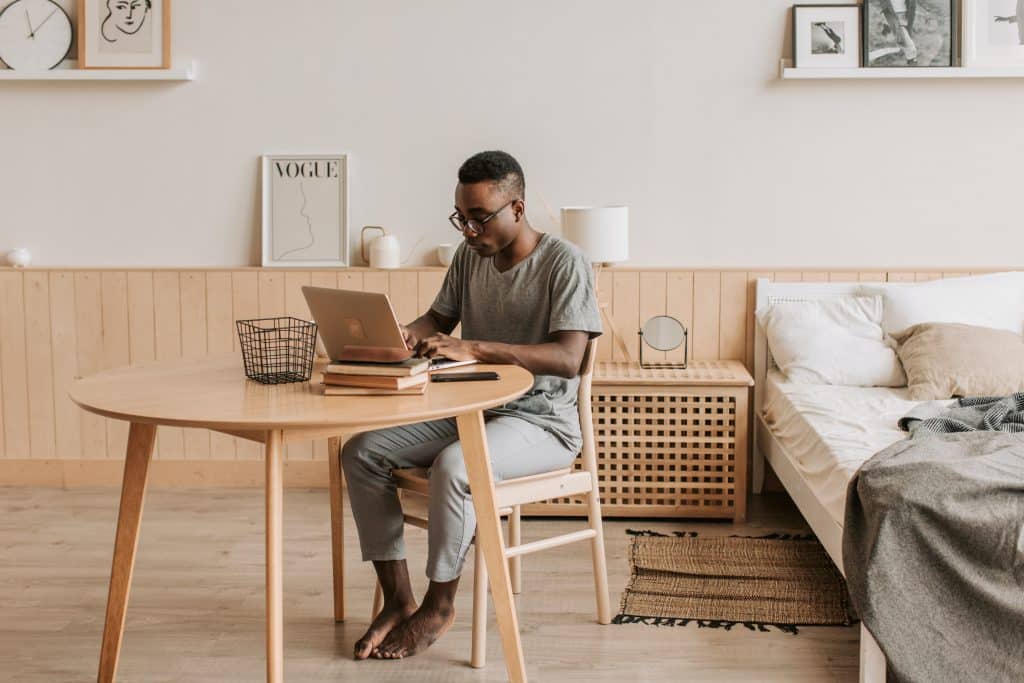The concept of health and safety in the workplace is something we’re all familiar with in the modern age. These days it’s drilled into employers and employees alike to practice good safety behaviors, with plenty of regulations and restrictions in place to keep us all as protected as possible. However, have you ever paid any thought to the new world working health and safety, namely being healthy and safe while working from home?
It might seem a little silly on the face of it, but with the professional world-shifting largely to a working from home (WFH) arrangement, the focus of employer health and safety concerns has transitioned over, too. But what have you got to worry about when working from the comfort and apparent safety of your own abode?
Plenty apparently, so here’s an insight into the core concerns of WFH health and safety right now.
Mind your eyes
With life as boring as it is at the moment, many of us are waking up, working a 9-5 in front of our computer screens then retiring to a sofa a few metres away to shift our attention to another moving screen in the form of a TV. That’s a lot of blue light to take in on a regular basis, and our eyes can suffer for it.

While we’re lacking alternatives to this level of screen exposure currently, good practices including taking regular screen breaks and utilising night screen modes that limit blue light are highly encouraged to avoid eye fatigue and strain.
Posture up
If there’s one part of your body not thanking you for taking an office job, it’s your spine. Sitting all day, every day tends to encourage poor posture and less than ideal spinal curvature, because most of us don’t sit in the correct manner. The way to address this while working from home is not only to mentally make a point of sitting back straight without the usual hunch, but also to invest in your mini-office space and get the right tools to encourage better posture.
A study on WFH related injuries from medical negligence experts National Accident Helpline found that over 50% of injuries reported were in some way linked to use of a chair, so your starting point should always be to find a suitable ergonomic chair, but also to get a desk, keyboard and laptop stand that further encourage good ergonomic practices.
Get the support you need to look after yourself
We’ve established in recent years that mental health is just as important as, if not more important than, our physical health, especially in the day-to-day working environment. With one of the collateral effects of the pandemic being a considerable mental health toll, it’s never been more important that employers provide the resources their staff needs to ensure they are working in a good frame of mind throughout their WFH tenure. Not looking after yourself is not medical negligence but it might as well be.

While employees have a level of personal responsibility to look after themselves, it’s important that employers provide a decent mental health framework for them to fall back on. By encouraging open and honest communication wherever it’s required and offering the necessary support resources for those in need, businesses are addressing arguably the biggest health threat posed by the pandemic.
The idea of staying safe in WFH settings might seem a little OTT to some, but the new working normal has brought with it a fresh set of challenges from a health and safety standpoint. However, with a few common-sense moves and the right support from employers generally, WFH arrangements should work as comfortably as they sound.












Leave a Reply